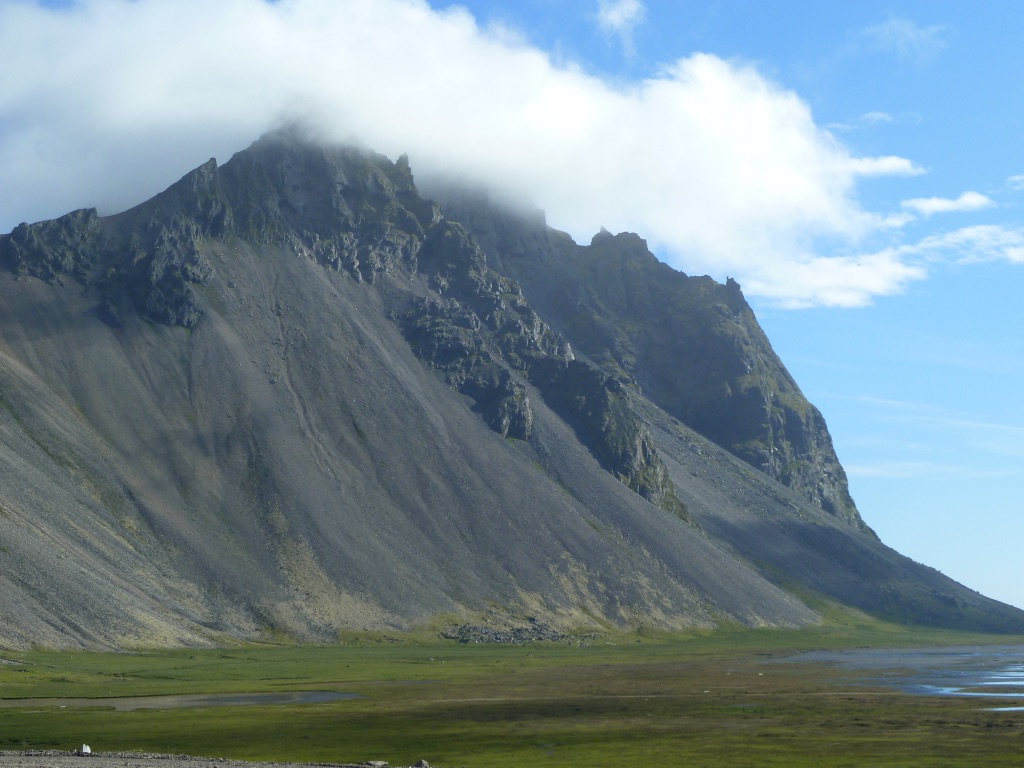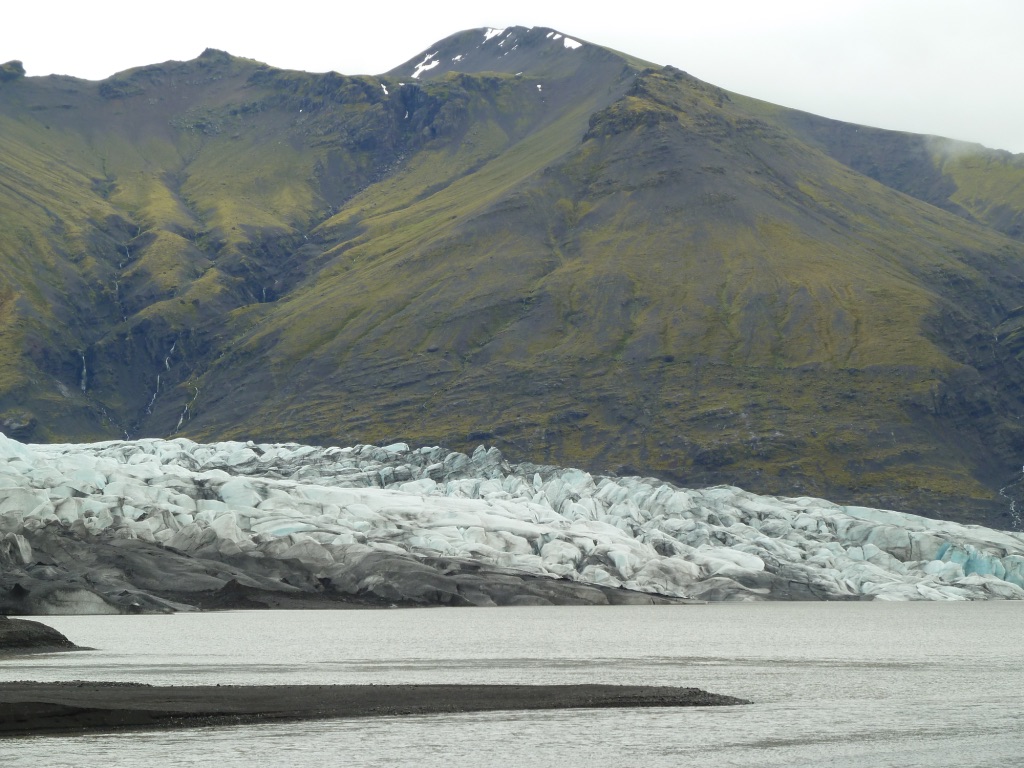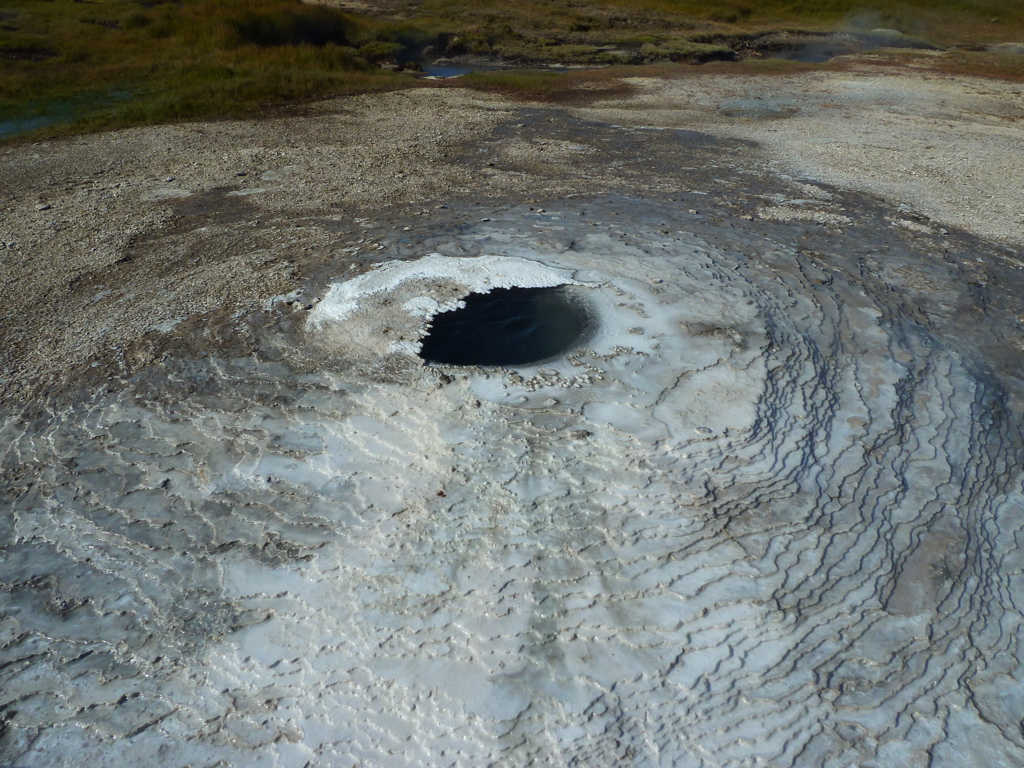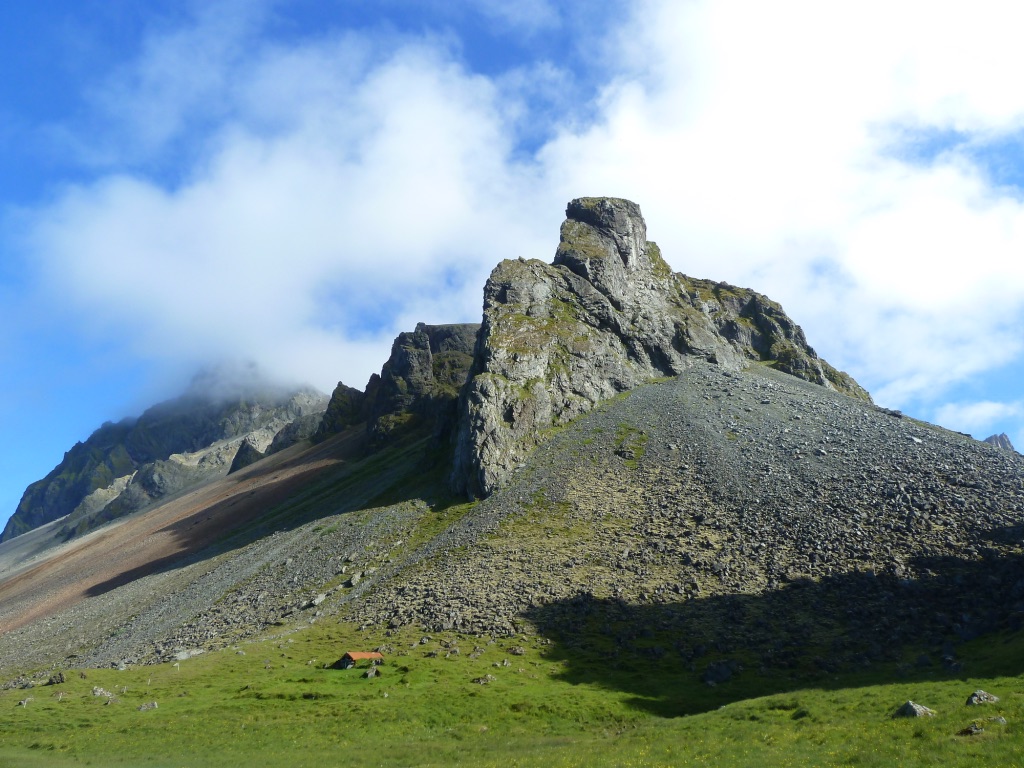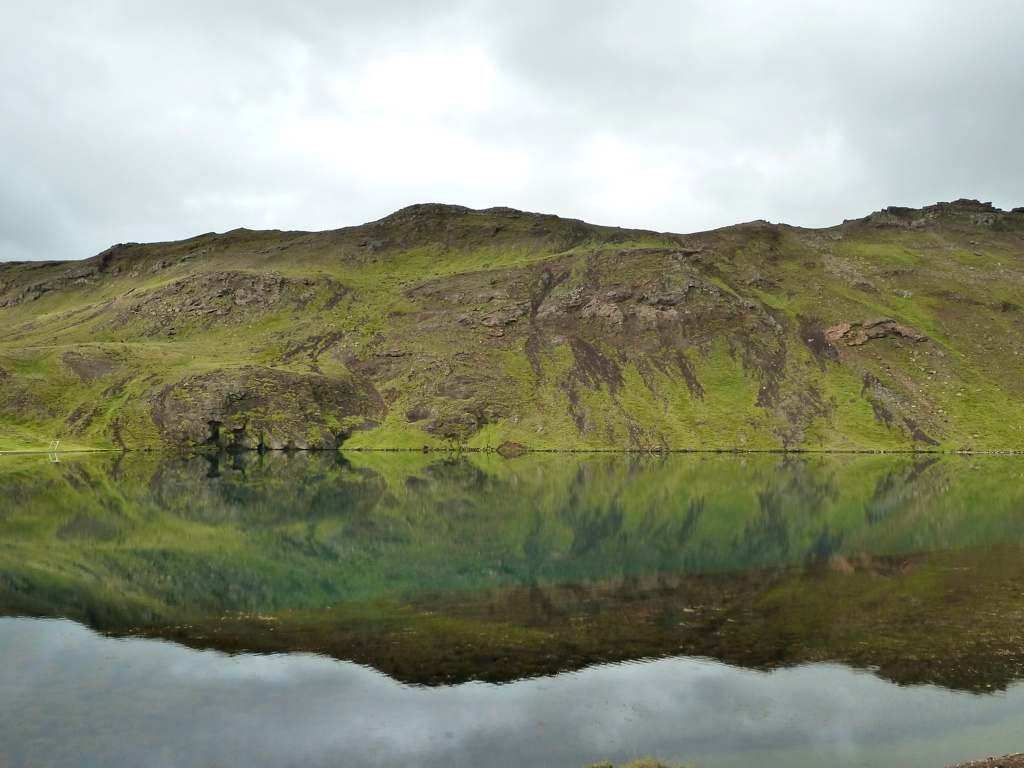Open Access Publications
Many of our publications are behind paywalls and only accessible if universities have signed up to them – some are not. Here they are.
Papers
The effect of shell secretion rate on Mg / Ca and Sr / Ca ratios in biogenic calcite as observed in a belemnite rostrum
Belemites, an extinct type of cephalopod, are often used as archives of past seawater chemistry. However, their shells (‘rostrums’) are quite diverse and heterogeneous. This paper investigates how their growth rates influence what chemical signals they record.
Selenium isotope evidence for progressive oxidation of the Neoproterozoic biosphere
Examination of the redox state of the oceans in the late Neoproterozoic – the time known as the Neoproterozoic Oxygenation Event at about 600 million years ago – when oxygen levels dramatically increased. This led directly to the evolution and radiation of the animals. It was previously thought that oxygen levels rose rapidly at about 570 Myr ago. Instead we find that levels started rising much earlier (about 650 Myr ago), and took at least 100 million years to rise to the level that allowed animals to evolve.
The dissolution of olivine added to soil: Implications for enhanced weathering
Silicate weathering is a primary natural method for removing atmospheric CO2, and hence controlling climate. Enhanced weathering is a potential geoengineering method for speeding up this removal, to combat man-made climate change, by grinding silicate rocks very finely, and ploughing them into fields. We investigate the dissolution rate of silicate materials when ‘ploughed’ into experimental rock cores.
Modern and Cenozoic records of seawater magnesium from foraminiferal Mg isotopes
The first examination of magnesium isotopes in seawater stretching over the past 40 million years. Magnesium is directly involved in the carbon cycle, as it is the precipitation of Mg-rich carbonates (such as dolomite) that sequesters atmospheric CO2. We find that dolomite formation dramatically decreased in the most recent 10 million years, meaning that CO2 must have been sequestered in other ways.
Global climate stabilisation by chemical weathering during the Hirnantian glaciation
Analysis of silicate weathering behaviour through the Hirnantian glaciation and major mass extinction about 445 million years ago. Silicate weathering (the major CO2 drawdown mechanism and hence climate control) decreases during the cooler climate, meaning that less CO2 is removed from the atmosphere during that time. Eventually this allows the climate to recover back to warmer temperatures. This is one of the first demonstrations that the weathering thermostat operates in geological history.
Using Mg Isotopes to Estimate Natural Calcite Compositions and Precipitation Rates During the 2010 Eyjafjallajökull Eruption
Chemical weathering of silicate rocks is a key control on the long-term climate, via drawdown of atmospheric CO2. Magnesium isotopes are increasingly being used to trace weathering, but are often complicated by several coincident fractionating processes. Here we examine Mg isotope ratios of waters stemming from beneath lava flows from the 2010 Eyjafjallajökull eruption.
